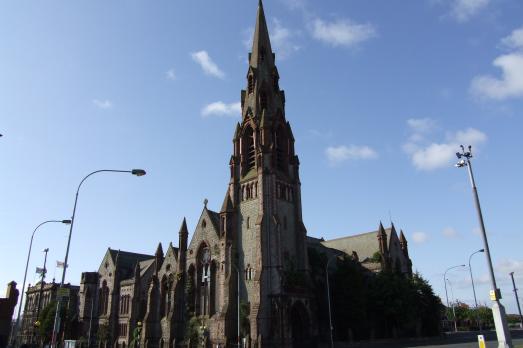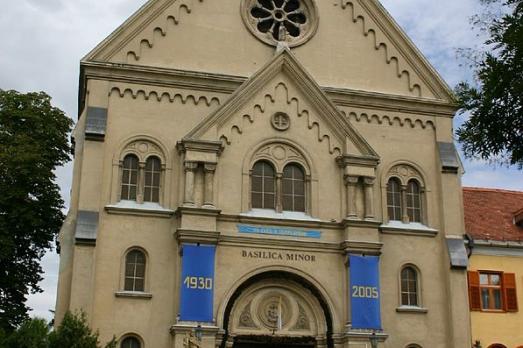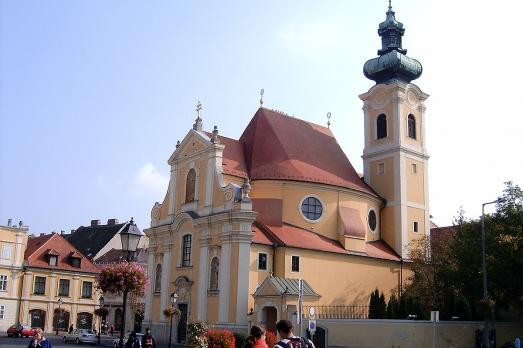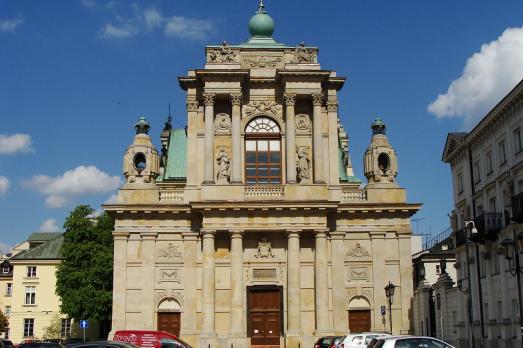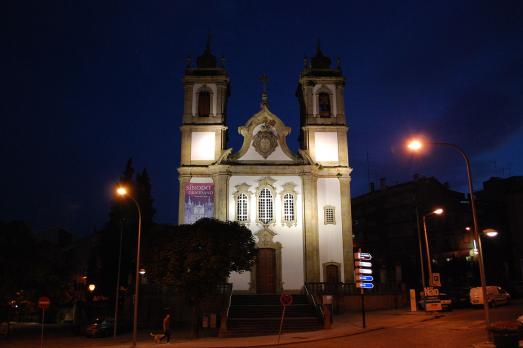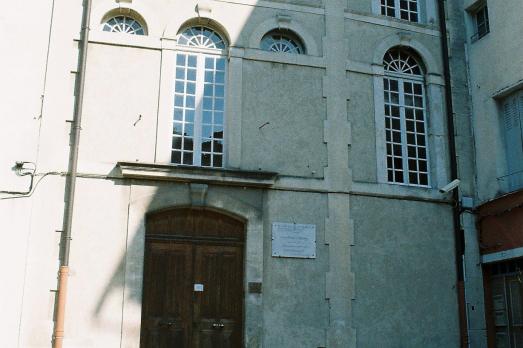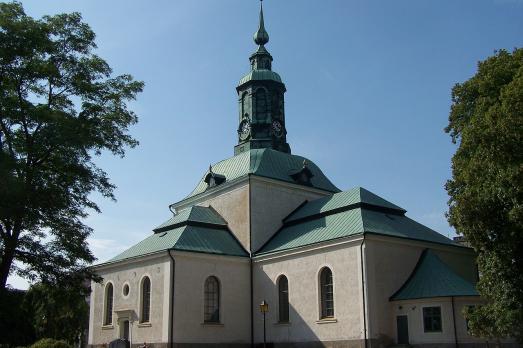
Carl Gustafs kyrka
Karlshamn, SE
The Carl Gustaf Church, built in the 1680s and consecrated in 1702, is named after the founder of the city, Karl X Gustav (1654-1660). It was designed by Erik Dahlbergh. A wooden church from 1664 preceded the present stone church.
